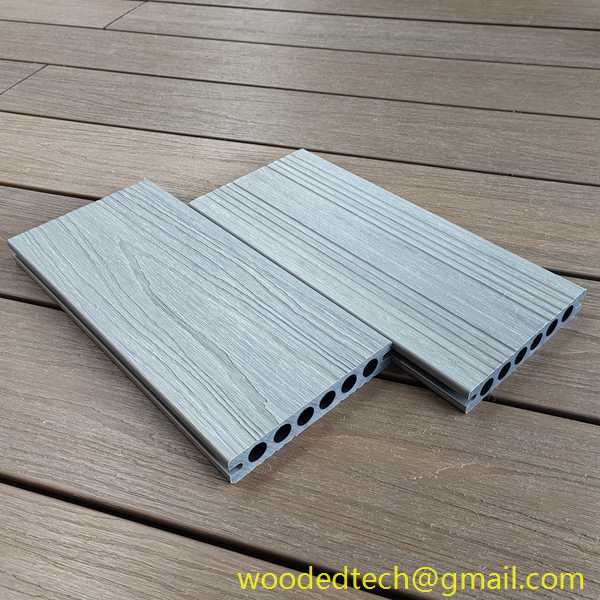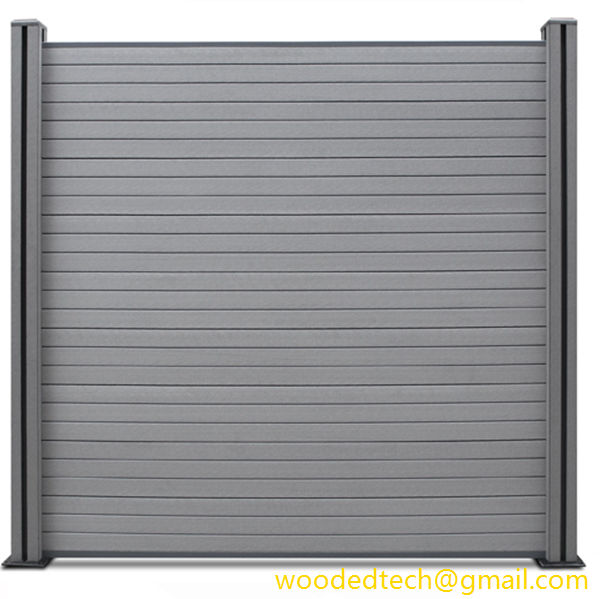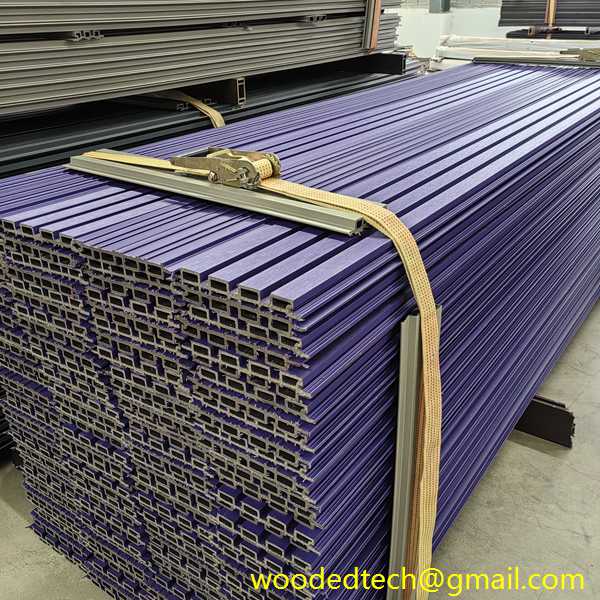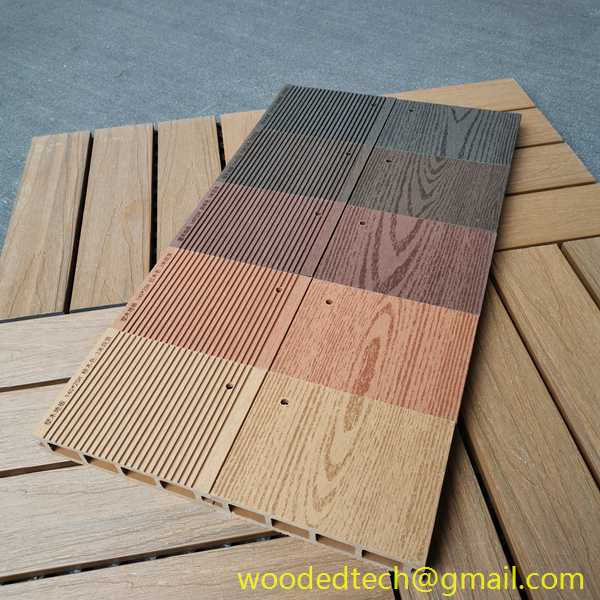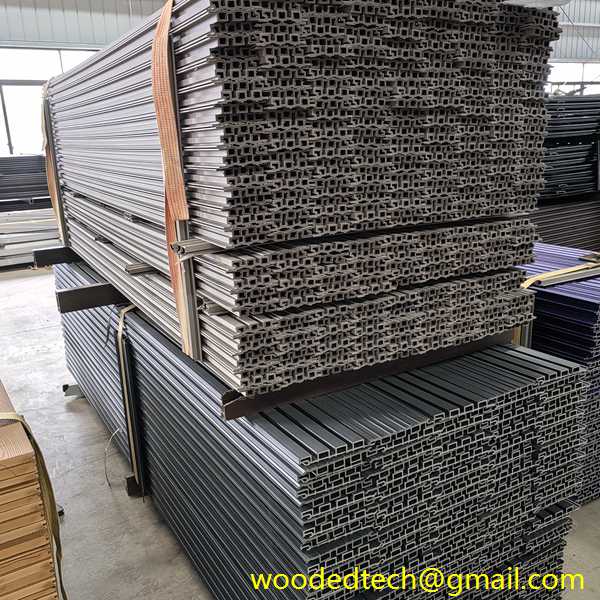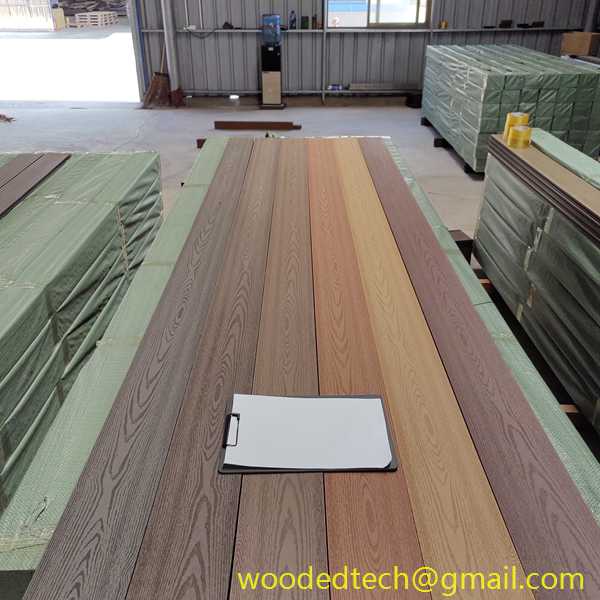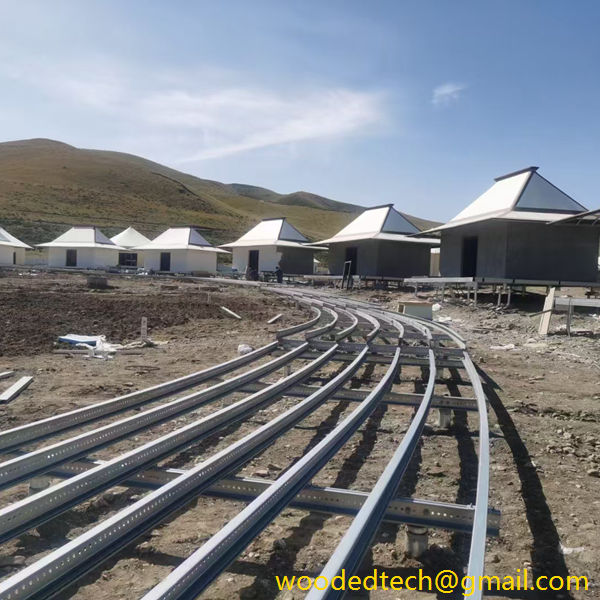difference between capped and uncapped composite decking
The difference between outdoor capped composite decking and uncapped composite decking: a comprehensive analysis of materials, performance and applicable scenarios
Text:
With the continuous development of science and technology, plastic wood flooring has gradually become a new favorite for outdoor decoration. Among plastic wood floors, capped composite decking and uncapped composite decking are two common types. This article will focus on the difference between outdoor capped composite decking and uncapped composite decking, and make a detailed analysis from the aspects of materials, performance, and applicable scenarios.

1. Material comparison
1. capped composite decking
Capped composite decking is made of raw materials such as wood powder, plastic, and additives through high temperature, high pressure, and extrusion. During the production process, co-extrusion technology is used to mix wood powder and plastic evenly to form a two-layer or multi-layer structure. The surface layer is a high-density plastic layer, and the interior is a wood powder layer. This structure makes capped composite decking have better compression resistance, wear resistance, and anti-aging properties.
2. uncapped composite decking

Uncapped composite decking is made of raw materials such as wood powder, plastic, and additives through high temperature, high pressure, and extrusion. Unlike capped composite decking, uncapped composite decking does not use co-extrusion technology, so its structure is relatively simple and its overall performance is slightly inferior to that of capped composite decking.
2. Performance comparison
1. capped composite decking
(1) Compression resistance: The surface of capped composite decking is a high-density plastic layer with strong compression resistance. In outdoor environments, it can withstand greater pressure and is not easily deformed.
(2) Wear resistance: The surface of capped composite decking is treated with a special process and has excellent wear resistance. In daily use, it is not easy to wear and maintains its beauty.
(3) Anti-aging performance: capped composite decking uses high-performance plastic and has good anti-aging performance. In outdoor environments, it can resist the erosion of natural factors such as ultraviolet rays and rain, and has a long service life.

(4) Environmental performance: During the production process, capped composite decking uses environmentally friendly materials and has no pollution emissions. The product can be recycled and is in line with the concept of environmental protection.
2. Uncapped composite decking
(1) Compression resistance: The compression resistance of uncapped composite decking is slightly inferior to that of capped composite decking, but it can still meet the use requirements in general outdoor environments.
(2) Wear resistance: The wear resistance of uncapped composite decking is relatively poor, and it is easy to wear out after long-term use.
(3) Anti-aging performance: The anti-aging performance of uncapped composite decking is general, and the service life is relatively short.

(4) Environmental performance: Uncapped composite decking also uses environmentally friendly materials in the production process, which is in line with the concept of environmental protection.
III. Comparison of applicable scenarios
1. Capped composite decking
Capped composite decking is suitable for various outdoor environments, such as parks, squares, courtyards, plank roads, etc. Due to its excellent performance, it can maintain stable performance in various harsh environments.
2. Uncapped composite decking
Uncapped composite decking is suitable for places with relatively good outdoor environments, such as home courtyards, community greening, etc. In harsh environments, its performance may be affected.
Summary:
There are certain differences between outdoor capped composite decking and uncapped composite decking in terms of materials, performance, and applicable scenarios. Capped composite decking has better compression resistance, wear resistance, and anti-aging properties, and is suitable for various outdoor environments; while uncapped composite decking has relatively poor performance and is suitable for places with relatively good outdoor environments. When choosing plastic wood flooring, consumers can make a choice based on their own needs and actual conditions.

